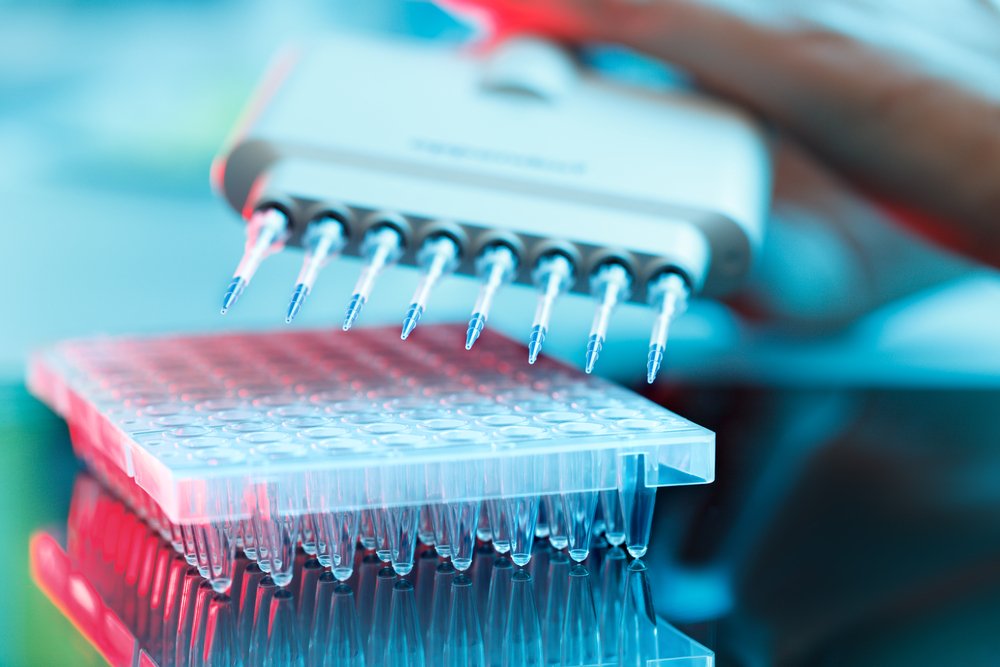Better Method of Stem Cell Generation Shows Potential for Treating Epidermolysis Bullosa
Written by |

Researchers have developed a new technique that improves the efficiency of generating stem cells from patients with various diseases, including epidermolysis bullosa, with the goal of one day applying it in clinical use.
Scientists already had developed methods by which cells from an adult donor can be “reprogrammed” to become stem cell-like. The modified cells are known as induced pluripotent stem cells, or iPSCs. The unique regenerative abilities of iPSCs make them an interesting candidate for stem-cell-based therapy for several diseases.
Reprogramming cells to become iPSCs involves the use of specific transcription factors, which are proteins that control transcription rates of genetic information. These specific factors are collectively known as Yamanaka factors, named after Shinya Yamanaka, MD, PhD, who pioneered iPSC technology in 2006.
However, the efficiency of this reprogramming process is low, which limits the use of stem-cell-based therapies. In response, scientists have been working on developing new techniques to overcome this limitation.
In a study titled, “High-efficiency RNA-based reprogramming of human primary fibroblasts,” published in the journal Nature Communications, researchers from the University of Colorado Anschutz Medical Campus developed a modified and improved method for the high-efficiency reprogramming of skin cells from patients into stem cells.
The researchers used various combinations of factors to reprogram cells, including RNA molecules known as mod-mRNAs, in combination with microRNA molecules known as m-miRNAs, to improve the efficiency of iPSC generation.
The team also improved the method of delivery of these factors into cells, as well as the environment in which the cells are grown during the process.
“Many groups had previously attempted to improve reprogramming efficiency by identifying novel modulators of the process,” Ganna Bilousova, PhD, one of the study’s senior authors, said in a press release. “Instead of looking for new reprogramming enhancers, we took advantage of the versatility of RNA molecules to control the precise levels of reprogramming factors and microRNAs in cells during their conversion into iPSCs. We were surprised at how simple manipulations of the timing and dosing of the RNA molecules could affect the efficiency of reprogramming.”
The study’s authors found that their modified reprogramming protocol works on a variety of cells, including cells derived from healthy individuals up to 62 years of age, and patients with skin blistering disorders and Down syndrome.
The team believes that their new approach “addresses the current limitations of reprogramming techniques for potential clinical applications,” and that it could offer hope for patients with several diseases, including epidermolysis bullosa (EB). They hope to take the new process into clinical trials to test it further.
“There are no effective therapies for EB, and iPSC technology provides an opportunity to develop a permanent corrective stem cell-based therapy for these severe skin-blistering diseases,” said Dennis Roop, one of the study’s senior authors. “Our breakthrough in developing a highly-efficient reprogramming method, that avoids the use of viral vectors, may allow us to get FDA approval for one of the first iPSC-based clinical trials in the U.S.”





